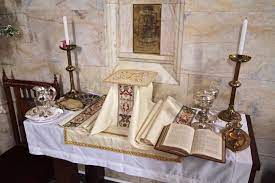Altar
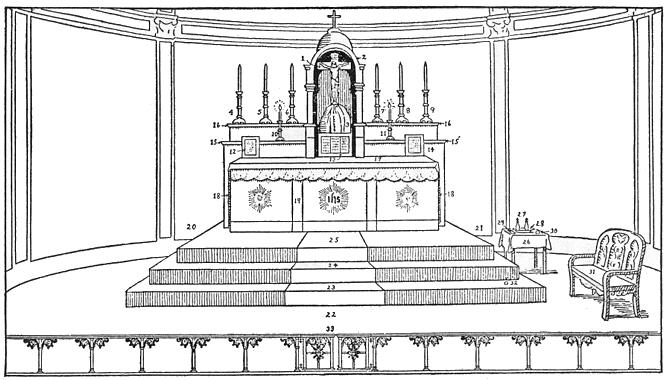
The main focus of the Catholic Church where the sacrifice of Jesus Christ’s Body and Blood are consecrated. Topped by a slab of marble or solid wood. Signifies Christ Jesus, the Living Stone. (1 Peter, 2:4)
Roman Missal
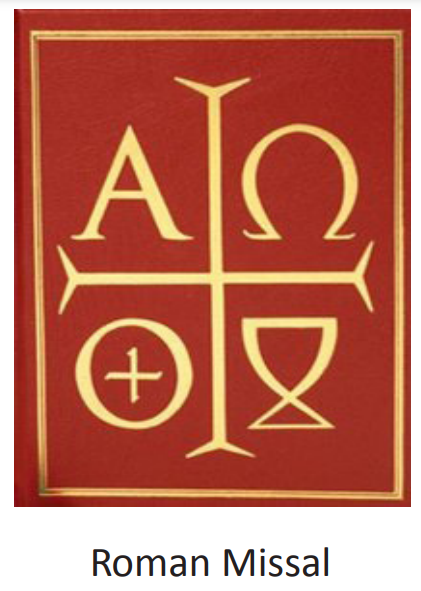
Contains the opening prayer, prayer over the gifts, prayers after communion, solemn blessings, Eucharistic prayers and prefaces for all the Masses. It is placed on the Altar for use during the Mass and moved by the Altar Server to the Celebrant’s location during the Greeting, Blessings, and Dismissal. It was formerly known as the Sacramentary.
Book of the Gospels
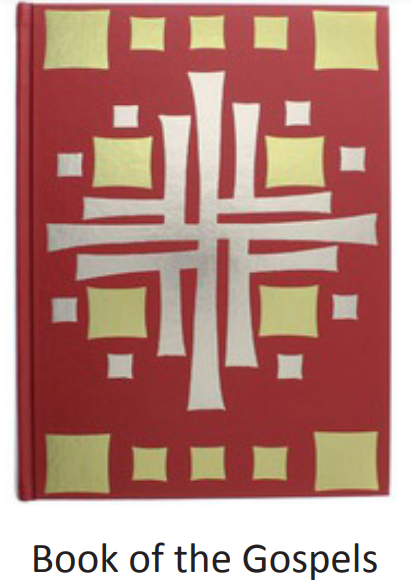
This book contains the Gospel reading for each Sunday of the three-year cycle, plus all solemnities, feasts, and ritual Masses that are celebrated through the liturgical year. It is carried in procession by the Deacon.
Lectionary
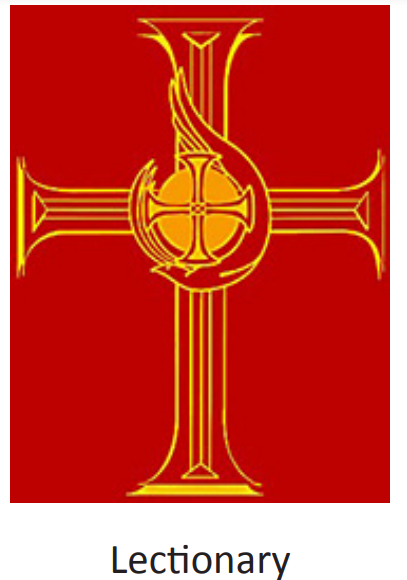
Hymnal/Missalette
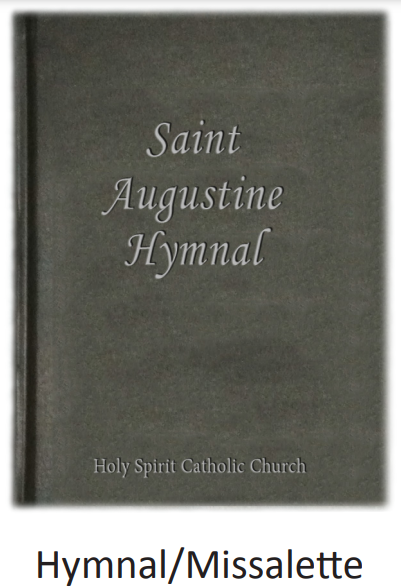
Ambo
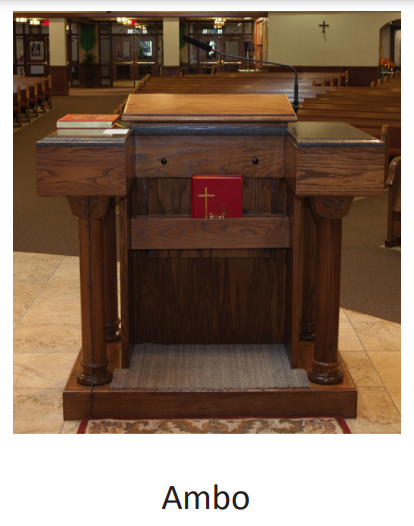
Burse
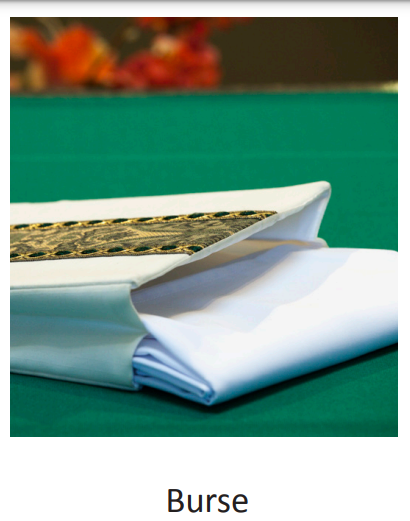
Holy Water Font
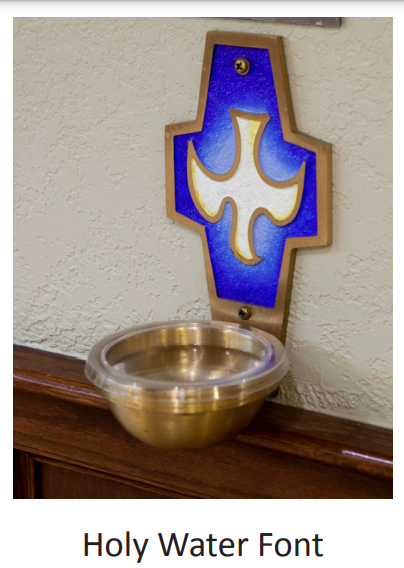
Sanctus Bell
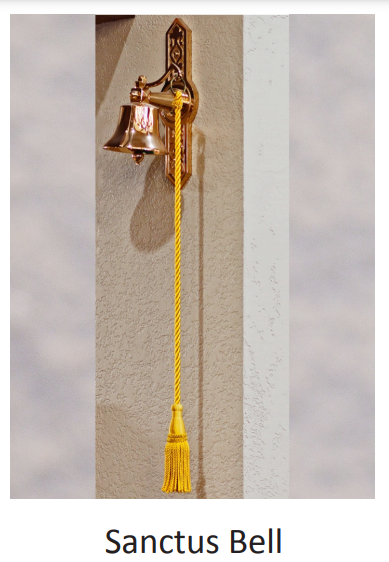
Censor and Boat
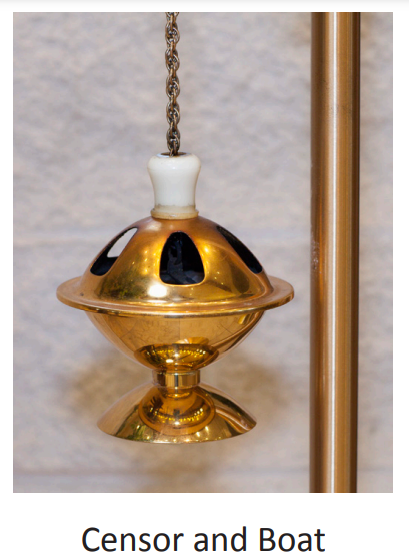
Processional Crucifix
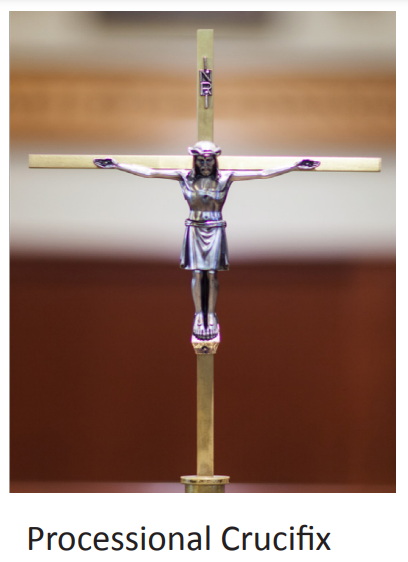
Corporal

Purificator
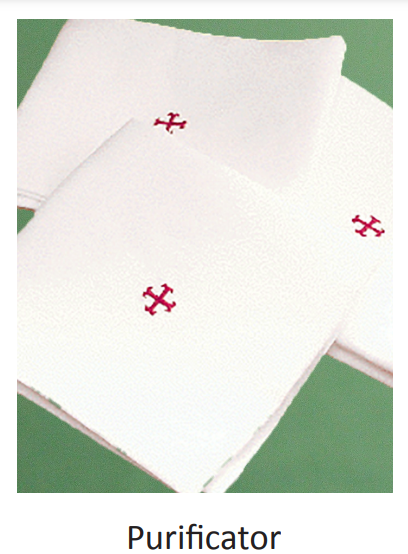
Pall
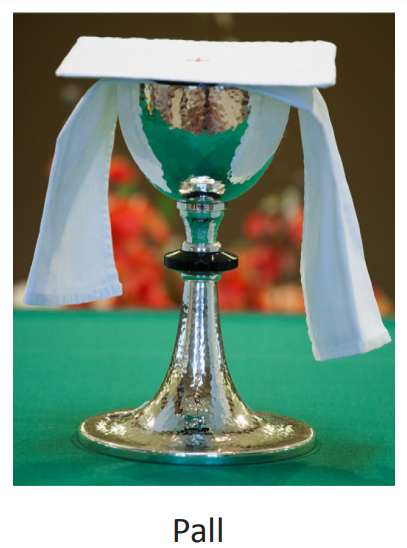
Lavabo

Paten
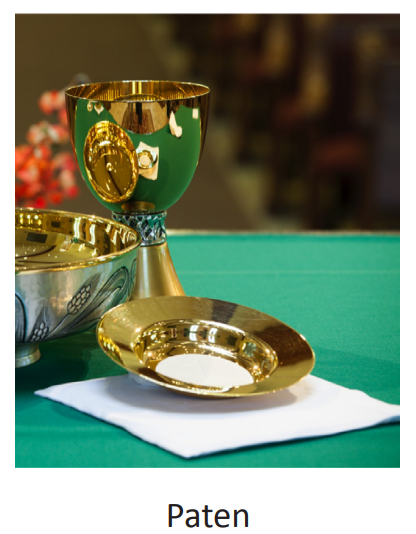
Chalice
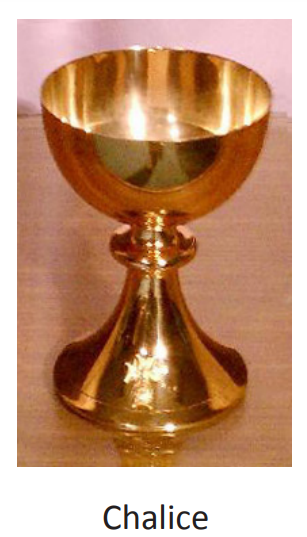
Communion Cups
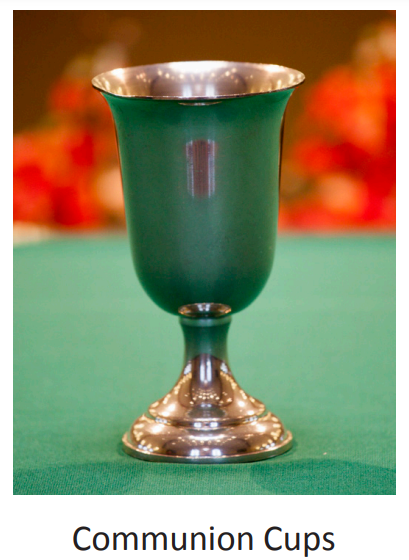
Ciborium A
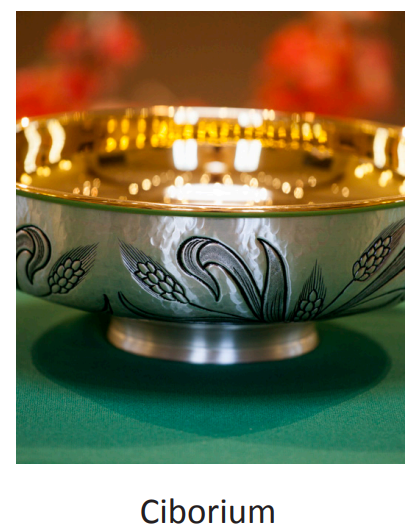
Ciborium B
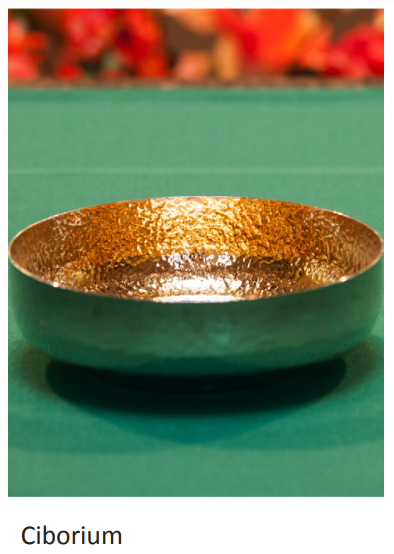
Consecration Bells

Closed Tabernacle
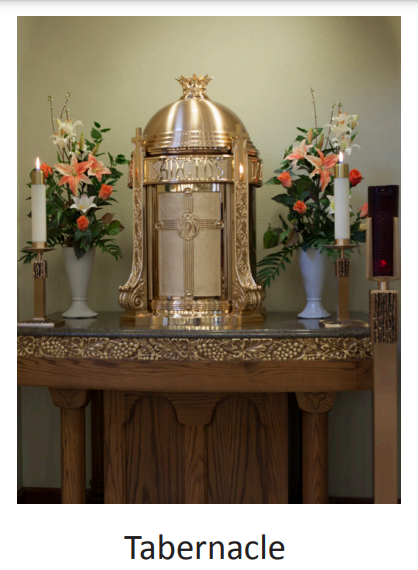
Opened Tabernacle
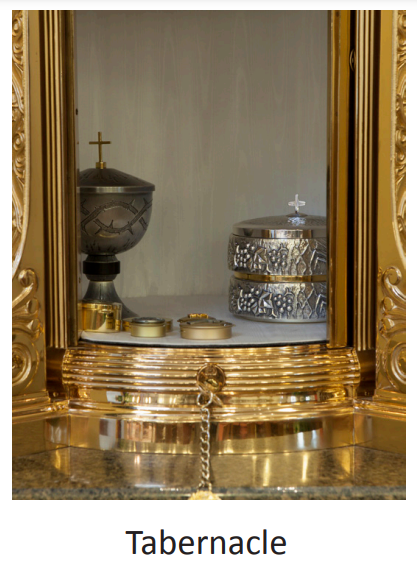
Sanctuary Lamp

Baptismal Font
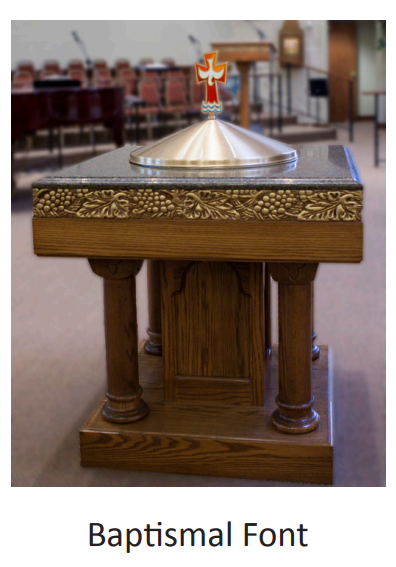
Holy Oils
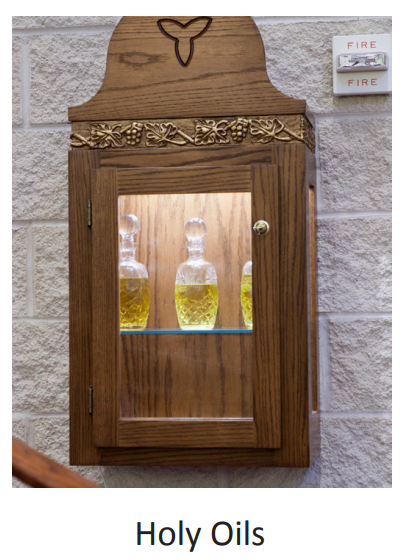
Easter/Paschal Candle
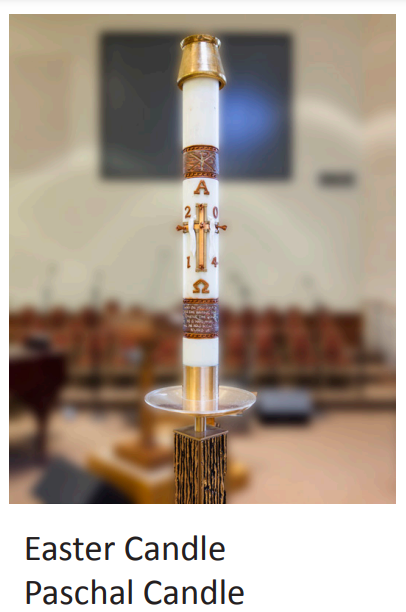
Aspersory - Aspergillum
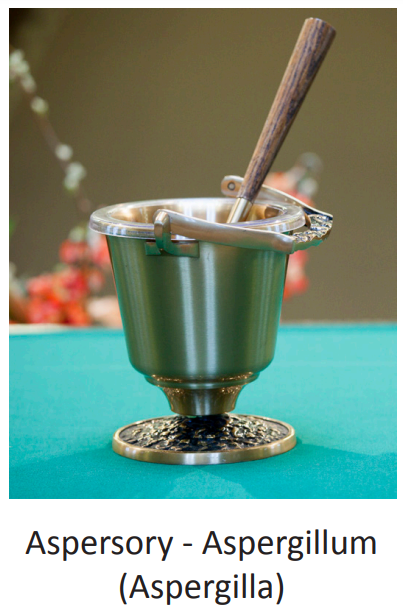
Monstrance
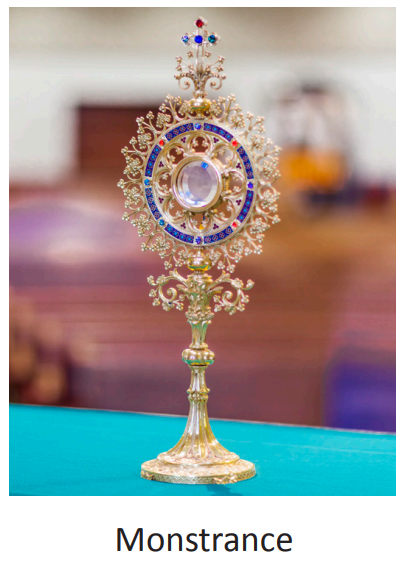
Cruets
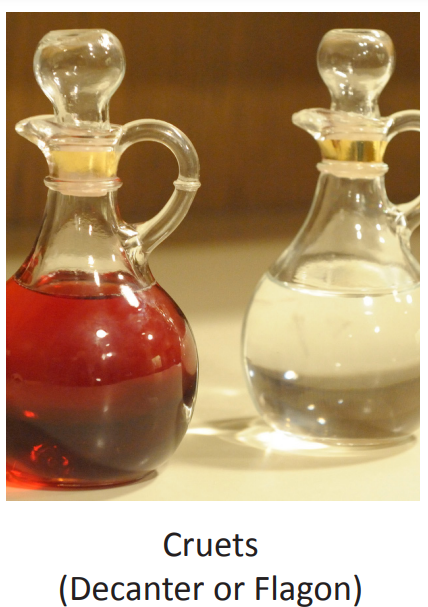
Credence Table
